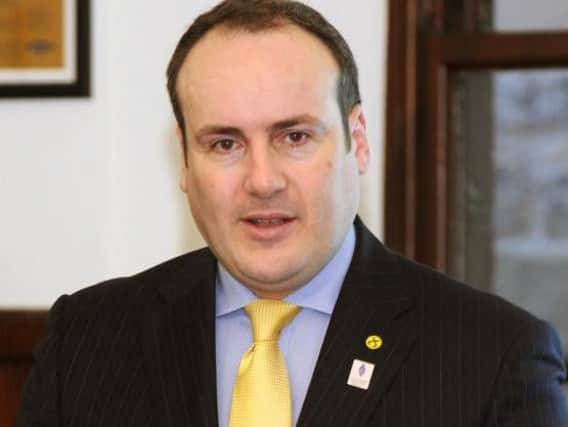Scots bankruptcy levels on the rise


There were 2,424 people who declared themselves personally insolvent between July and September, which includes bankruptcies and personal trust deeds, Accountant in Bankruptcy (AiB) figures show. This is up by 180 on the same period last year.
Ministers insist that changes to system have seen the figures the figures tumble dramatically in recent years, meaning the latest rise is relatively stable.
Advertisement
Hide AdAdvertisement
Hide AdThere were 1,113 bankruptcies in the second quarter of the year which is a 138 rise on the same period last year. The remainder of the insolvencies stem from Creditor Petitions, Debtor Applications and Trust Deed Petitions.
It emerged this month that Scotland's economy is growing at a third of the UK rate and even slipped into downturn earlier this year.
Business minister Paul Wheelhouse today insisted insolvencies had dropped to "historic lows" last year through the impact of new laws offering greater help advice before bankruptcy is pursued. Numbers are down by in third compared with 2013.
“While it is never acceptable to have people struggling to make ends meet, it does appear we are seeing a more regular pattern emerge in personal insolvencies," Mr Wheelhouse said.
“It is also reassuring to see more people in need access the Debt Arrangement Scheme to help them make a fresh financial start without facing the distress of insolvency.”
The number of Scottish businesses becoming insolvent or entering receivership fell from 258 in the first quarter of 2016-17 to 218 in the current quarter.
The Minister continued: “The number of businesses going to the wall has fallen by 16 per cent on the last quarter and is now at the lowest level we have seen in the last 12 months.
“Fewer businesses being forced to close means more people can keep their jobs and contribute to build a robust and growing economy."